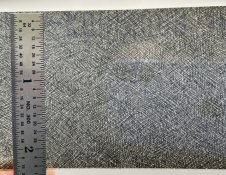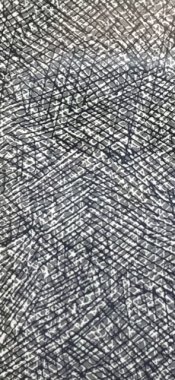senderoaburrido,
If you can tell some stories about what you want to do, and what you want to do it with, maybe I can direct you to some resources or give you direct answers.
Traditional halftone work was done using a process camera and involved calculations based on the print highlight and shadow reflection densities. You would determine a main exposure and a bump exposure and maybe a flash exposure. The three exposures together would be figured such a way that you got a tiny speck of a black dot in the shadows (maybe a 2% tint value) and a tiny speck of a clear dot in the highlights (maybe a 95%). The idea was to avoid a salt and pepper kind of problem that would occur if you got solid black or solid white on press.
So the camera would hold a copy flat under glass, in the bright side of the camera department, with four pulsed xenon lights aimed carefully to give even lighting and avoid reflections. Inside the darkroom you would have a vacuum easel and above it would be the "flash" lamp. You can put the film down and give the flash exposure... then lay a Kodak Magenta Contact Screen on top of the film, and allow the vacuum to draw it down into contact with the film... then close the camera and make a main exposure and if needed, a bump exposure.
Then you'd process the film and make a contact proof of it to see if the negative was useful, or if it had to be remade.
Today, it would be difficult to come up with all the material and equipment... But you could still use the Kodak Magenta Contact Screen.
You could work with a sandwich made of a large format continuous tone positive copy of a negative. (Imagine you could print on a sheet of film under the enlarger and create a transparent positive that way). Then the Kodak Magenta Contact Screen, then the ortho litho contact film. The sandwich would have to be held together with the vacuum.
But I don't know the equipment you have, want to get, or might be able to have access to... People who have process cameras would be happy to give them away to a good cause. I personally would worry about the electric bill and spare bulbs because pulsed xenon draws some impressive current and those bulbs were never cheap...












